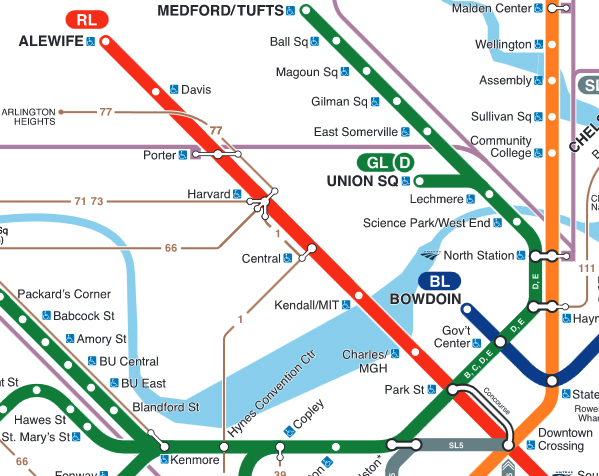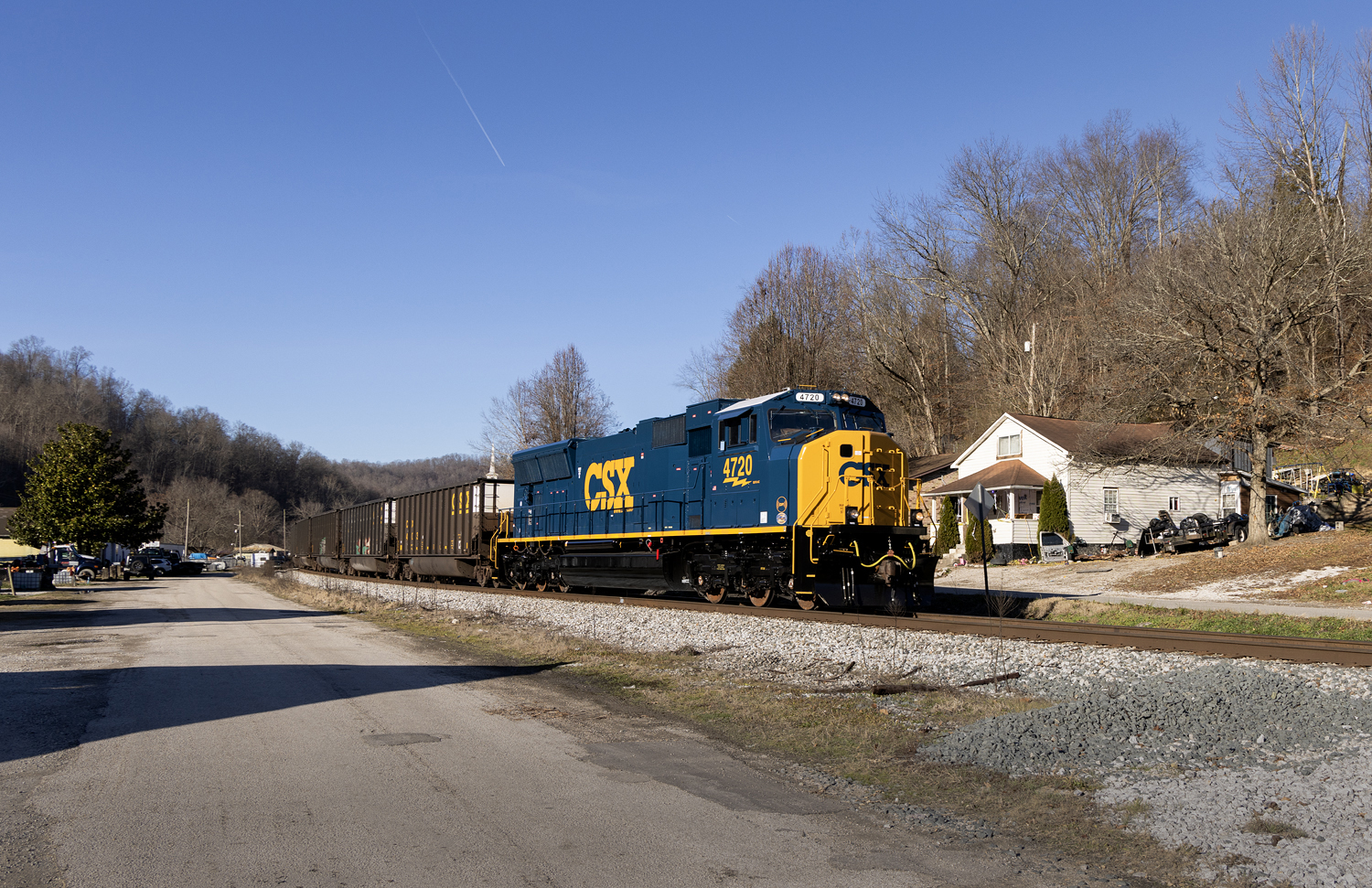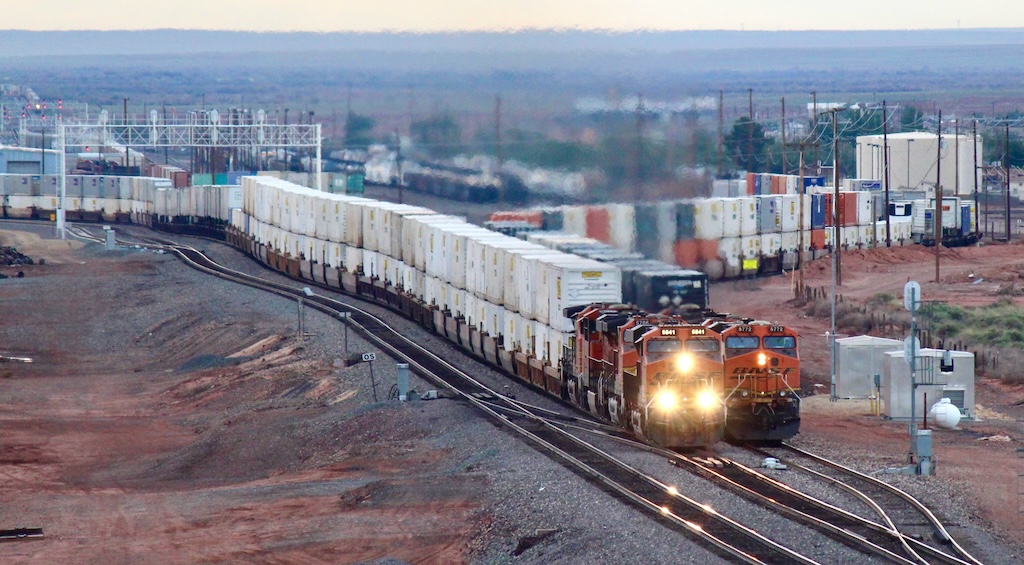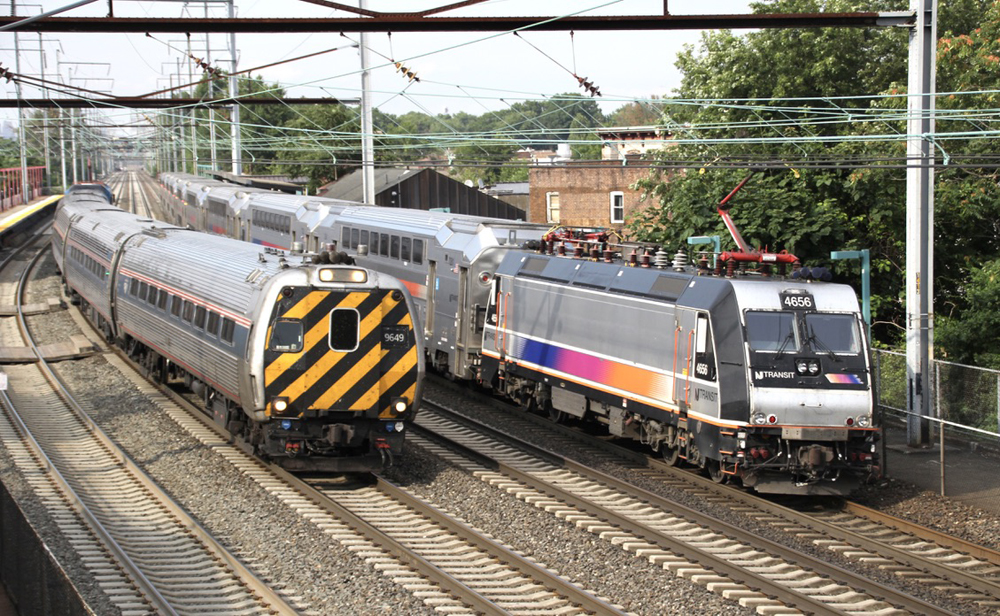
BOSTON — A 10-day shutdown of the Massachusetts Bay Transportation Authority’s Red Line between the Alewife and Harvard stations is the centerpiece of MBTA’s plans for major maintenance projects in February, the latest phase in a more than year-long effort to eliminate the accumulated slow orders on the agency’s rail transit system. Also, an 18-day shutdown on portions of the Green Line is slated to begin later in the month, and weekend shutdowns are slated on two commuter rail lines.
The Red Line shutdown is set for Feb. 5-14. During the same 10-day period, an evening suspension of service will be extended an additional four stations toward downtown, between the Harvard and Park Street stations, meaning the Red Line will be shut down from 8:45 p.m. from Park Street to Alewife. Free, accessible shuttle bus service will replace the rail operation, while commuter rail service will be free on the Fitchburg line between Porter and North Station. On the remaining portion of the Red Line, trains will operate with decreased frequency.
Also scheduled is a weekend shutdown of the Red Line between Harvard and Broadway on Feb. 24-25, and a suspension of Orange Line operations between Forest Hills and Ruggles the weekend of Feb. 17-18.
The Green Line shutdown, set for Feb. 20-March 8, will affect the B branch between Copley and Babcock Street; the C branch between Copley and Cleveland Circle, and the D branch between Copley and Brookline Hills. Information for riders on transportation alternatives is available here.
As of Thursday, Jan. 25, there are 143 speed restrictions on the MBTA rail transit network, including 56 on the Red Line and 34 on the Green Line.
The commuter-rail service suspensions are set for the Fitchburg line, between Littleton/Route 495 and Alewife on Feb. 304, and the Lowell line in its entirely on Feb. 10-11. The commuter-line outages are to perform Automatic Train Control work.
More information on all the planned maintenance work is available here.














OMG, Bad Me! I just realized I mashed together two separate culture icons, the 1950’s short story “A Subway Named Mobius” and the 1960’s folk song “Charlie of the MTA”. Well, both are about the MTA (which became MBTA in the mid-1960’s) and both are about people trapped on dysfunctional subway trains. Also, both can be regarded as sort of Harvard – MIT nerd balls.
Metro infrastructure as reflected in the song and the story still pays for decisions made post-war when the area wasn’t all that prosperous as it is now.
If anyone wonders what MDC means in my post (below), don’t ask too many questions. Stood for Metropolitan District Commission. Which wasn’t Metro, it was an arm of the state government. MDC roads (if you can call them roads) and parks were signed “Commonwealth of Massachusetts. MDC also ran metro highway police, water, and sewer at the time.
Alewife is OK once you learn where things are and ignore the highway signs. South Station and getting on the Silver Line is much worse. The traveler’s only hope is to realize how the stations Red, Silver, and Purple (steam road) are laid out and from then on DELIBERATELY ignore the signs which are so bad they will mislead you! I frequently do work in that station and that is how I’ve learned to use it. (State Street is the worst for layout; when rounding a corner one expects to encounter large hunks of cheese and guys in labcoats with stopwatches!
Park Street is a piece of cake!)
As for those Green Line Shuttle Busses–I had to deal with them last night. Best thing is to avoid going into Boston entirely–I had forgotten. But there’s a good opera on next month but I see the GL won’t be shut down–yet. No fares are collected on the shuttles or at Back Bay–and people are now catching on. I’d hate to see the T discover that it would be MOST cost-effective to shut the subway down and just run shuttle busses!
THOMAS — As I’m sure you noticed, I just made up that stuff about Harvard and Alewife (post below). Because I always get lost up there and have never forgiven south suburban family for moving into that north side area. In actuality, in the short story “A Subway Named Mobius” the dodgy track connection (fictional) causing the subway train to disappear was at Boylston, which is downtown. Not at Harvard.
The 1960’s-era MDC (now abolished) did some things right, like the Metroparks. MDC highway construction was lousy even by Massachusetts standards. MDC’s road system bottomed out at/ near Alewife and as far as I know has never been improved.
It amazes me that people whose grandparents weren’t born when the short story was published have “Charlie Cards” in their wallets. There probably aren’t a hundred among today’s “Charlie Card” users who ever read the story or for that matter know anything about the plot line. My older brother (R.I.P.) who was an MIT nerd (and lifelong Bay Stater) showed me a copy.
The Boston Globe runs a once in a while feature called “Are We There Yet?” by Alan Wierzbicki. In a recent edition I cannot now seem to find, it was said a former candidate for the Massachusetts House advocated conversion of the subways (and I guess Green Lines as well) to autonomous busses. The plan was to tear out the track structure and paving the alignments. It doesn’t seem to have gone anywhere…yet. I’d hate to see this but the idea is out there.
My, how do you Bostonians get around at all? I guess Charlie will be stuck out there somewhere.
PAUL
Since I’m a Bostonian (by birth) myself, sometimes called “Charlie” by Bay State family, let me try to explain. Charlie’s problem, as told in the 1960ish short story, was the confusing underground track configuration at MTA Harvard Square, then the north end of what is now known as the MBTA Red Line. The former track layout was rationalized when the Red Line was extended to Alewife, saving Charlie’s train from disappearance the last thirty years or so.
With the subway to be closed and Charlie to be dependent on surface transportation, he once again will be in danger of vaporizing. The cities or towns of Cambridge, Somerville, Medford, Arlington, and Belmont smoosh together in a municipal Bermuda Triangle near the Alewife Station. It’s impossible to walk or to drive the roads in that area without getting lost. (I’m talking personal experience — many times.) Expect a few MBTA substitute buses to go missing, until the subway is reopened.